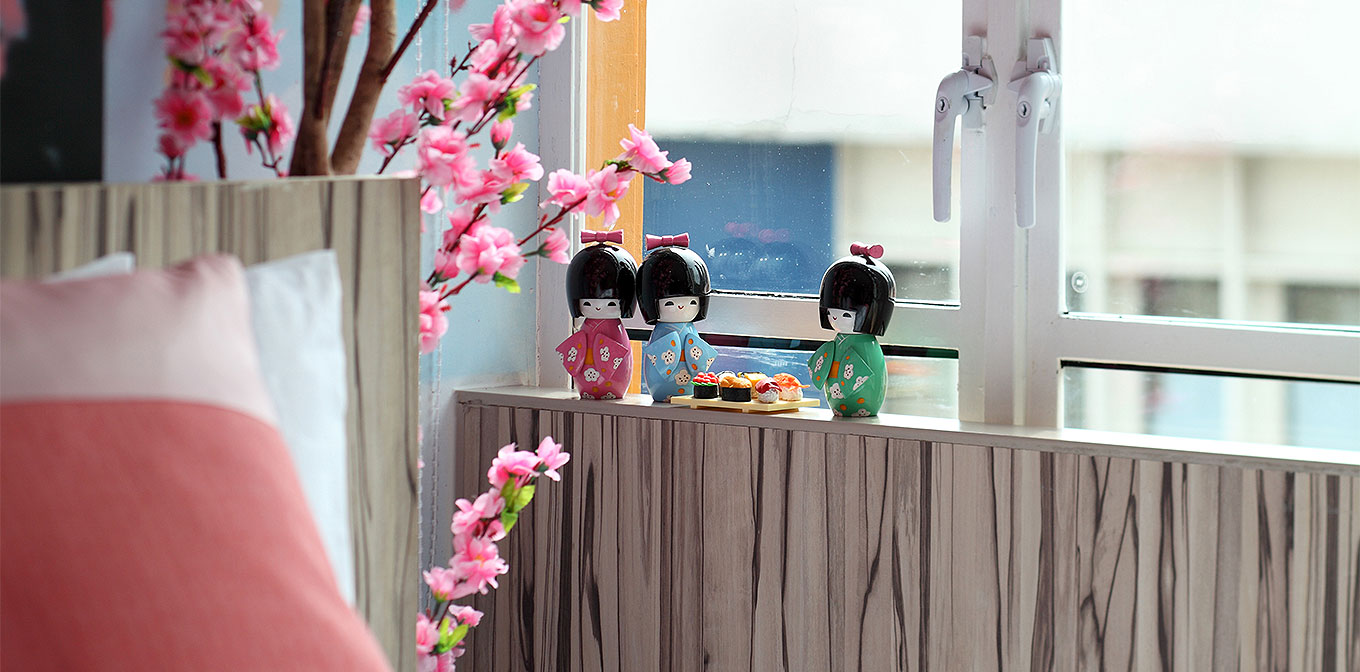Neighbourhood
Whether you are staying with us for business or leisure, we want you to get the most out of your stay. Here are just a few of the worthwhile experiences within easy reach of Hotel Clover The Arts.
The walls of the hotel reflect stunning pieces of nature’s beauty as well as Singapore’s evolving urban and cultural landscapes. Each room is an artistic masterpiece, infused with styles such as urban street art, retro, minimalist line art and manga-inspired creations.
Perfect for art enthusiasts and leisure travellers, this charming boutique hotel boasts 44 individually-themed rooms painted in vibrant hues and dressed in natural elements.

BOAT QUAY
The Singapore River was the artery’s for Singapore trade and economic activities in the 1860s. The south bank of the river where most of the commerce took place was known as Boat Quay. Legend has it that the Chinese immigrants set up home only on the south bank of the river as it resembled the concave belly of a carp. The Chinese immigrants believed this was where prosperity and wealth lay.
The row of shophouses which were once occupied as warehouses had been repurposed into restaurants and bars. Today, Boat Quay is one of the major nightlife spots in Singapore frequented by the professionals that work in the Central Business District area, and tourists.
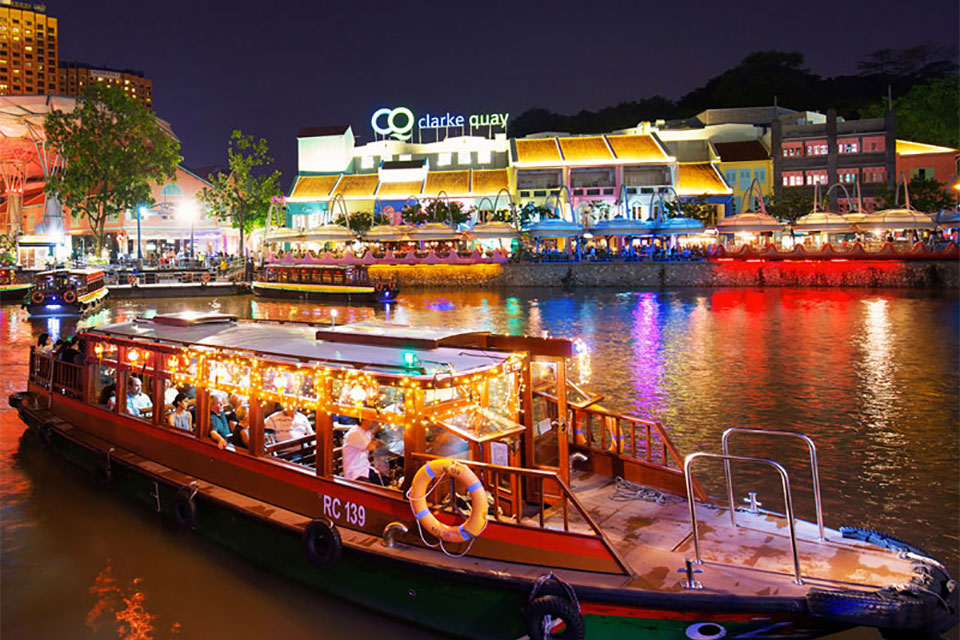
CLARKE QUAY
Clarke Quay is a conserved historical landmark located along the Singapore River. Previously a busy trading port in the 1860s, Clarke Quay has since traded in its status as a commercial hub and has transformed into one of Singapore’s most trendy areas.
Though Clarke Quay is best known for its vibrant nightlife, it has plenty to offer during the day. Take a ride on those same bumboats used hundreds of years ago or stroll along the riverside and admire the picturesque surroundings. Get your adrenaline rush with a reverse bungee jump, or enjoy a spot of nature at Fort Canning Park.

Fort Canning Park
Set on a hilltop, Fort Canning Park is a respite from the surrounding urban landscape. The iconic 18-hectare park is steeped in history: Sir Stamford Raffles, the founder of modern Singapore, built a bungalow on Fort Canning Hill, and it became the home of subsequent colonial governors. Fort Canning Hill was a major communication centre, and key historic events took place here.
Fort Gate, the remnant of a 19th century fortress, is also located in the park. Visitors will stumble upon these sites, as well as interesting flora and fauna on a self-guided 45-minute Colonial History Trail following storyboards and maps around the area. Visitors can also take a ticketed tour of the Battlebox, the British nerve centre for operations during World War II.
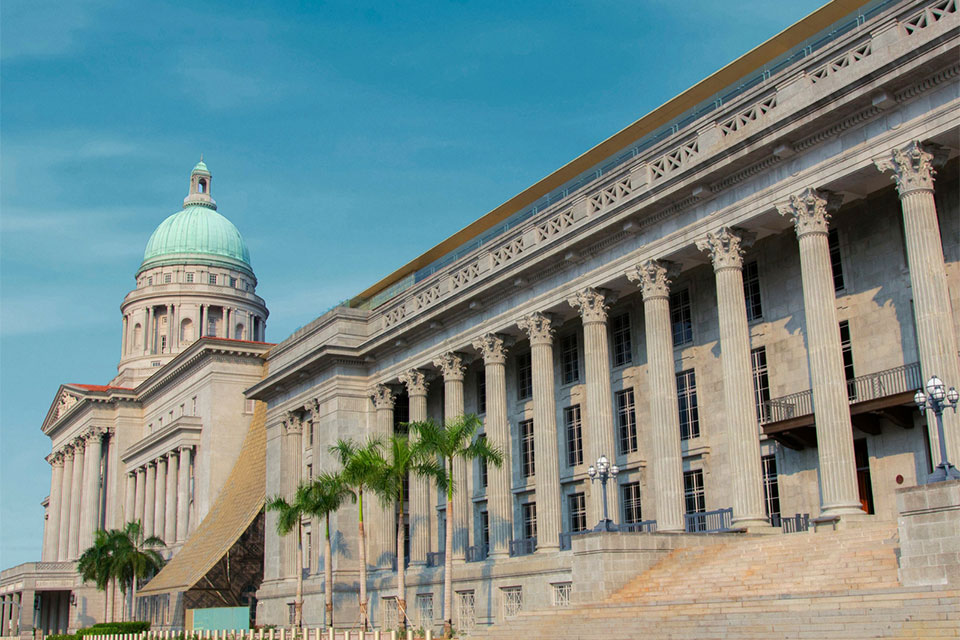
NATIONAL GALLERY SINGAPORE
Situated in the heart of the Singapore Civic District, National Gallery Singapore oversees the largest public collection of modern art in Southeast Asia. Housed in two beautifully restored national monuments – City Hall and former Supreme Court – are impeccably curated exhibitions that reveal the cultural legacy and art histories of Southeast Asia.
Come visit the Gallery today and discover the rich art and cultural heritage of Singapore and Southeast Asia through stunning modern art masterpieces.

CHINATOWN
Chinatown is Singapore’s traditional Chinese quarter where you will find an eclectic mix of traditional shops and markets, cultural points of interest, as well as cool bars and hip cafés.
A walk down Chinatown’s narrow streets with their picturesque shophouses, now repurposed as shops, hipster joints, restaurants and offices, reveals Singapore’s rich Chinese heritage as well as the country’s journey from a small fishing village to one of the world’s most progressive economies and trading ports. Visitors can stop by a stretch of shophouses that have been converted into the Chinatown Heritage Centre (chinatownheritagecentre.com.sg) to get a glimpse into the lives of Singapore’s early Chinese migrants.
Chinatown offers visitors an interesting and harmonious mix of cultures, where the Hindu temple Sri Mariamman is on the same stretch as the Buddha Tooth Relic Temple and Museum. Travellers can easily spend up to a day exploring shops and family-run businesses, selling everything from traditional pastries to Chinese teas and medicinal concoctions to the latest electronic gadgets and local independent designs. The precinct – which encompasses the Telok Ayer, Bukit Pasoh, Tanjong Pagar, Kreta Ayer and Ann Siang Hill neighbourhoods – is also home to some of the best food on the island, from Michelin-starred restaurants to famed hawker stalls.
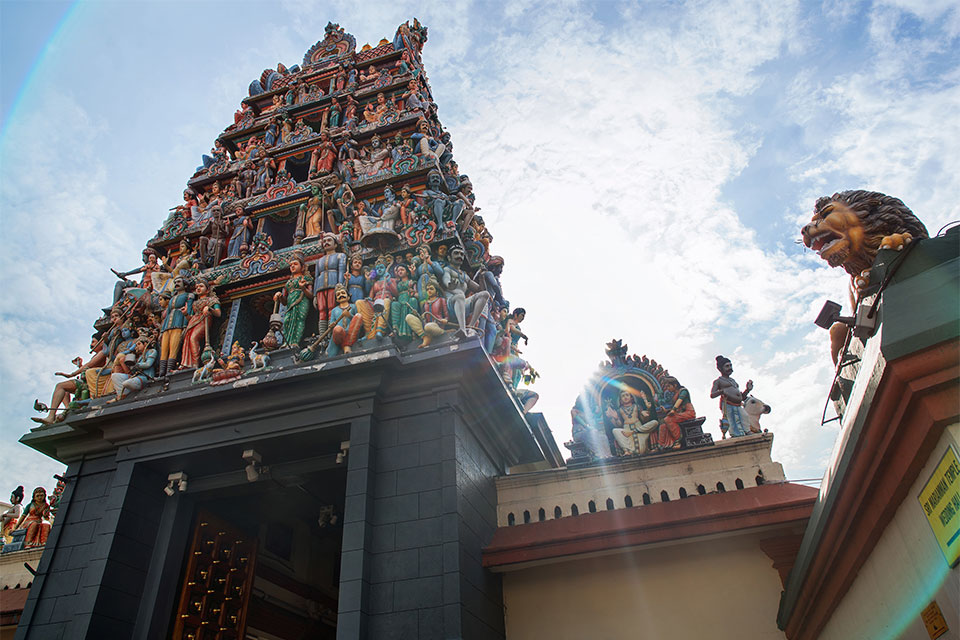
Sri Mariamman Temple
With roots dating back to 1827, Singapore’s oldest Hindu temple was formerly known as ‘Mariamman Kovil’ or ‘Kling Street Temple’. It was later rebuilt as Sri Mariamman Temple, dedicated to goddess Mariamman, who is believed to be able to heal the sick. During the colonial period, it was a first refuge for new immigrants, a dispute mediation venue and where marriage ceremonies were held for Hindus.
Today, weddings are still held at the temple, and travellers who visit in October or November may get to observe the Theemithi (fire-walking ceremony) celebrations, which is the main festival observed here annually.
Visitors can marvel at the temple’s six-tiered gopuram, or grand tower entrance, decorated with sculptures in the image of Hindu deities and mythological creatures. The visual treat continues with the temple’s elaborate interiors, featuring shrines with statues of different deities.
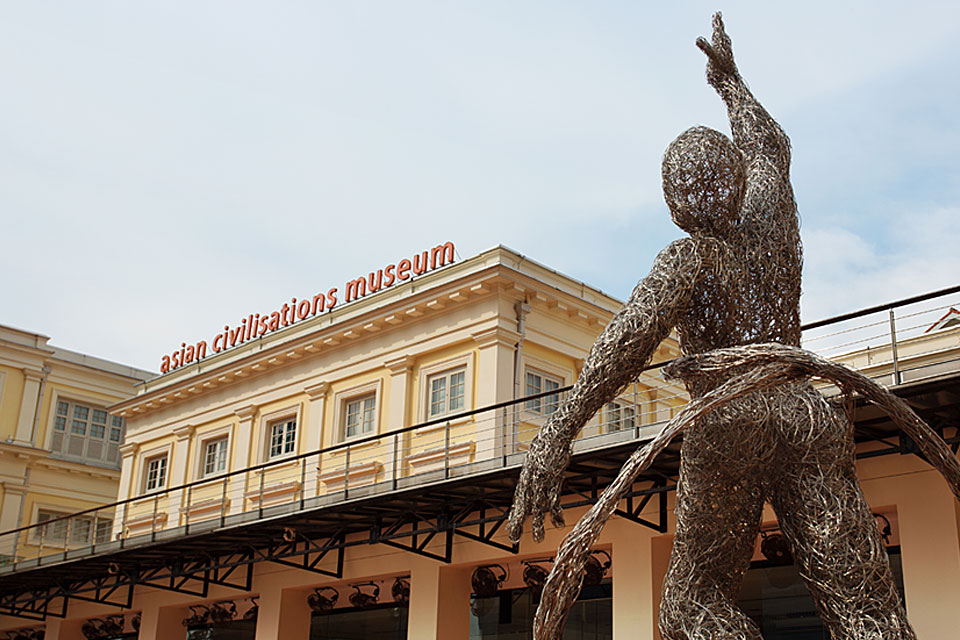
ASIAN CIVILISATIONS MUSEUM
The Asian Civilisations Museum is devoted to exploring the rich artistic heritage of Asia, especially the ancestral cultures of Singaporeans. Opened in 1997 and in its present building by the Singapore River since 2003, the museum traces its roots to the Raffles Museum, founded in the middle of the 19th century. ACM focuses on the many historical connections between the cultures of Asia, and between Asia and the world.
Singapore’s history as a port city that brought people together from all over the world is used as a means of examining the history of Asia. Special exhibitions bring magnificent objects from around the world to our Singapore audience. Signature programmes like the annual ACM After Dark, Saturdays@ACM, and Lunchtime Concerts encourage visitors to connect more closely with culture and the arts.



